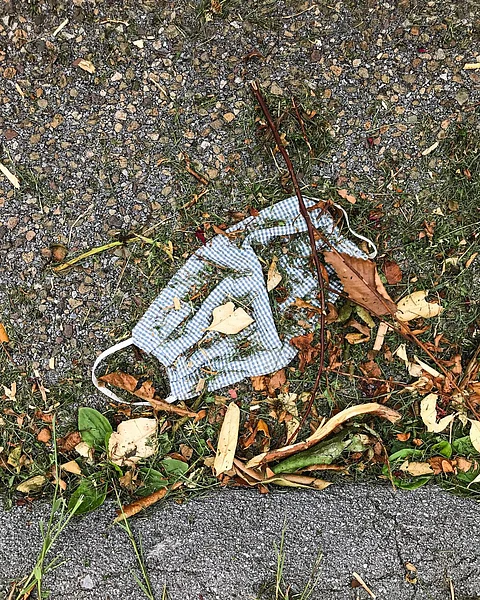The study, published in the journal Proceedings of the National Academy of Sciences, highlighted that most of the global plastic waste from the pandemic is entering the ocean from rivers, with Asian rivers accounting for 73 per cent of the total discharge of plastic. The top three contributors are the Indus, Shatt al-Arab, and Yangtze rivers, which discharge into the Persian Gulf, Arabian Sea, and East China Sea, respectively. European rivers, on the other hand, account for only 11 per cent of the discharge, with minor contributions from other continents.


